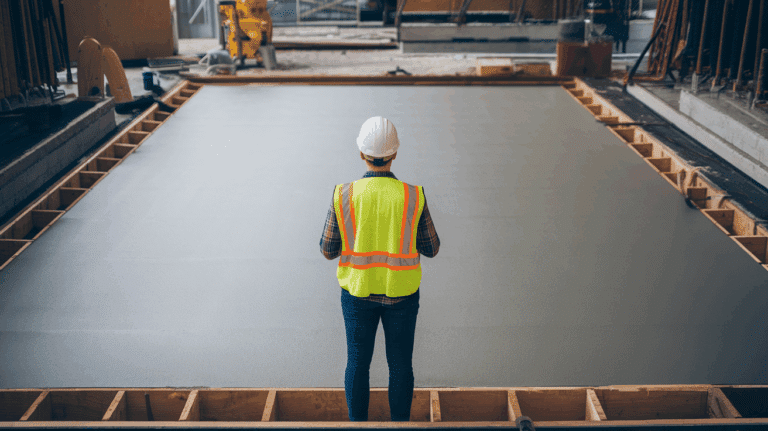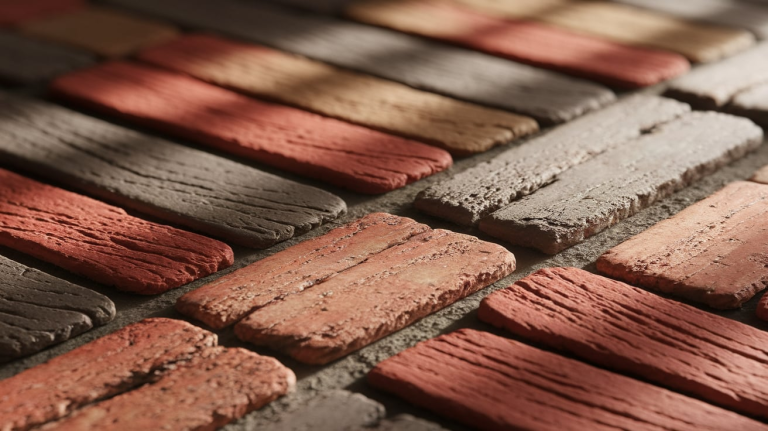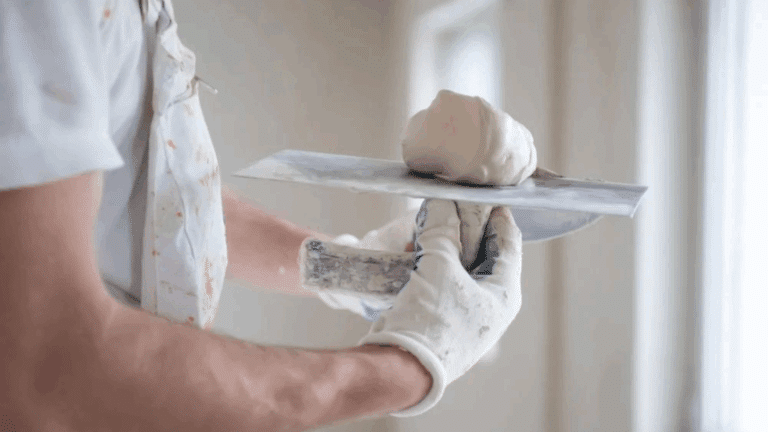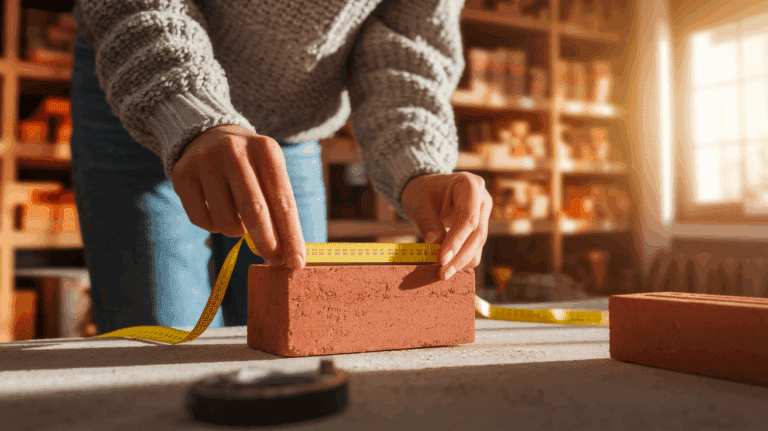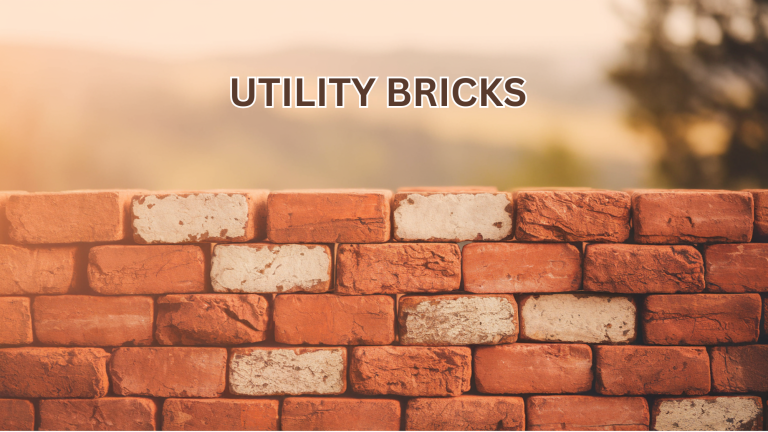Main Water Line Replacement: Signs, Costs, and Options
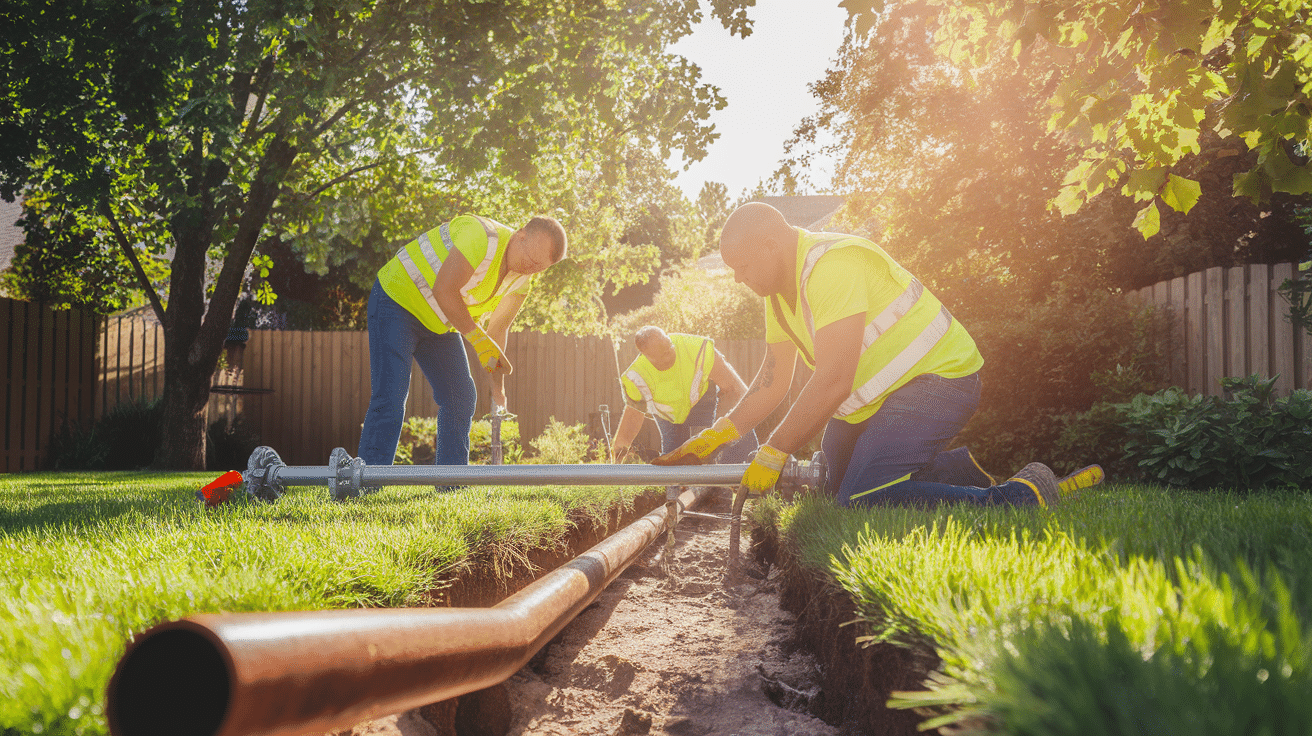
Are you dealing with rusty, discolored water coming out of your taps?
These could be signs that your home’s main water line is crying out for help!
Your main water line is like the highway that brings fresh water from the street into your house.
When it gets old, damaged, or clogged up, everything from your morning shower to washing dishes becomes a frustrating experience.
Do not worry, though. Replacing your main water line might sound scary, but it is a common fix that can solve all those annoying water problems.
Let us jump in and find everything you need to know!
Why Replace Instead of Repair?
Replacing your main water line may seem like a big job, but it is often better than making repair after repair.
Each time you fix a leak, you spend money and time, and old pipes tend to break again soon after.
These small fixes can add up to cost more than a full replacement. Patching old or damaged lines can also lead to bigger problems, like cracks in your home’s foundation.
A new water line improves flow, water quality, and even your home’s value.
In some cases, replacement is not just smart, it is required.
If your pipes are made of lead or are very outdated, replacing them is often the only safe option. It is a long-term investment worth making.
Signs that Your Main Water Line Needs Replacement
Your home’s main water line is the lifeline of your plumbing system, but it won’t last forever.
Recognizing the early warning signs can save you from costly emergency repairs and extensive property damage.
- Discolored Water: Brown, yellow, or rusty water indicates pipe deterioration and internal corrosion.
- Sudden Low Water Pressure: Pressure drops throughout your home signal potential leaks or blockages.
- Strange Pipe Noises: Gurgling or banging sounds suggest trapped air or pressure problems from damage.
- Unexplained Yard Puddles: Wet spots during dry weather reveal underground leaks in your main line.
- Skyrocketing Water Bills: Sudden cost increases often indicate hidden leaks wasting thousands of gallons.
What Causes Main Water Line Failures?
Main water lines can fail for many reasons, and knowing what causes the damage can help you spot problems early.
Here are the most common causes:
| CAUSE | Description |
|---|---|
| Natural Aging & Corrosion | Pipes wear out over time, rusting or weakening. |
| Soil Shifting & Weather Changes | Ground movement, earthquakes, or freeze-thaw cycles can crack or shift pipes. |
| Tree Root Intrusion | Roots grow into pipes looking for water, causing blockages or breaks. |
| Nearby Digging or Heavy Traffic | Construction, digging, or vehicles can crush or puncture pipes. |
| Poor Installation or Materials | Low-quality work or cheap materials lead to early pipe failure. |
Pro Tip: Know your water line’s age and material; most last 50-70 years, so plan ahead rather than wait for an emergency!
Step-by-Step Process for Replacing Your Main Water Line
If you are planning to replace your main water line, here are the basic steps to help you understand what to expect during the process:
Step 1: Inspection and Diagnosis
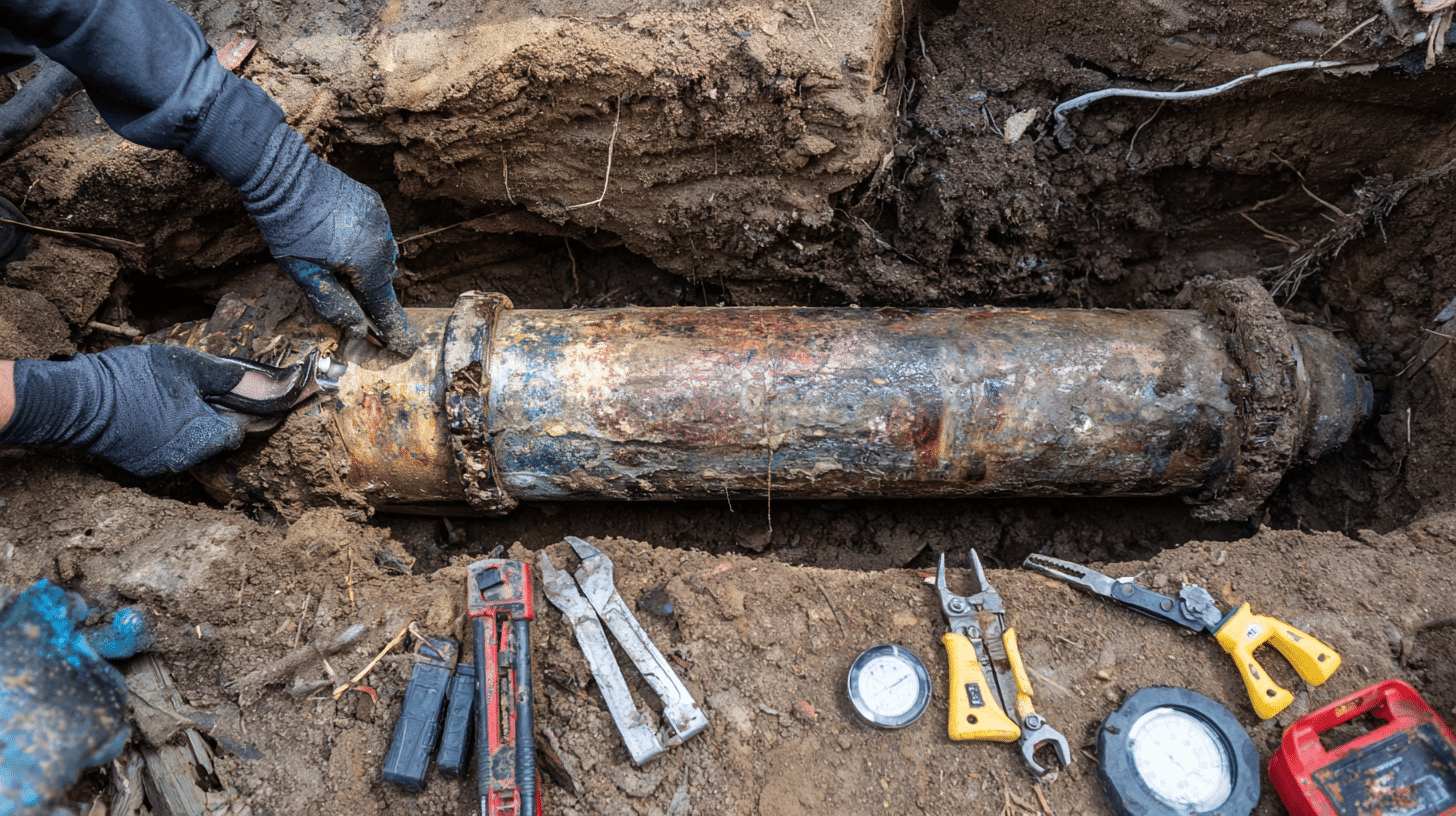
A plumber will first inspect your water line to determine if a replacement is necessary.
They will check for signs of damage, like leaks, cracks, or corrosion, and figure out the exact problem.
This step helps to identify whether you need a full replacement or if repairs can be made.
Step 2: Choosing the Right Materials
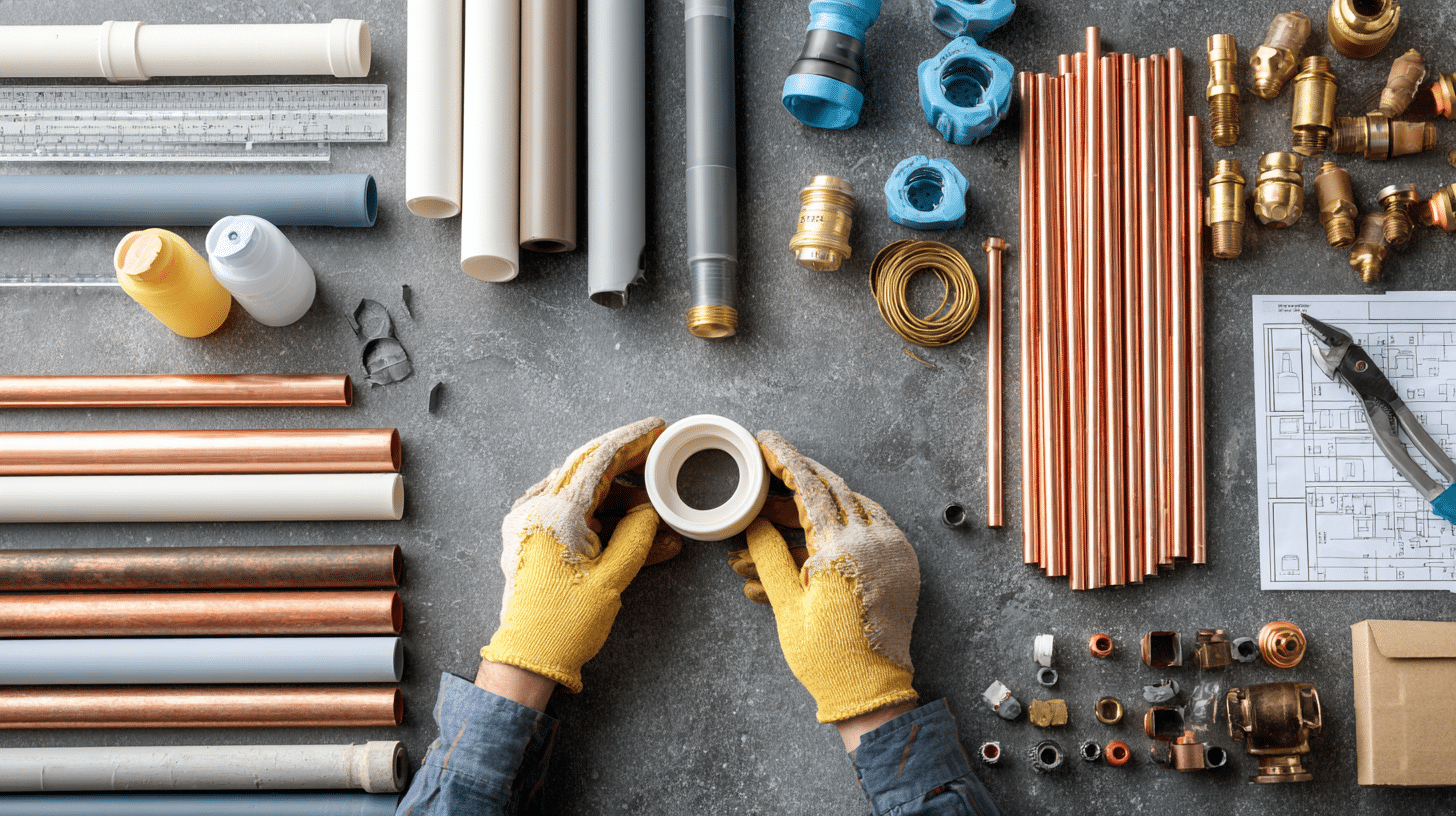
Next, the plumber will choose the best type of pipe for your replacement.
PVC is commonly used because it is affordable and durable, while copper pipes are stronger but cost more.
The plumber will also decide on any necessary fittings and connectors to ensure everything fits together properly.
Step 3: Digging the Trench

The area around your old water line will need to be dug up to access the pipe.
A trench is created, which may require a shovel or an excavator, depending on the size of the job.
However, careful digging is important to avoid damaging other utilities or causing unnecessary disruption to your yard.
Step 4: Removing the Old Pipe
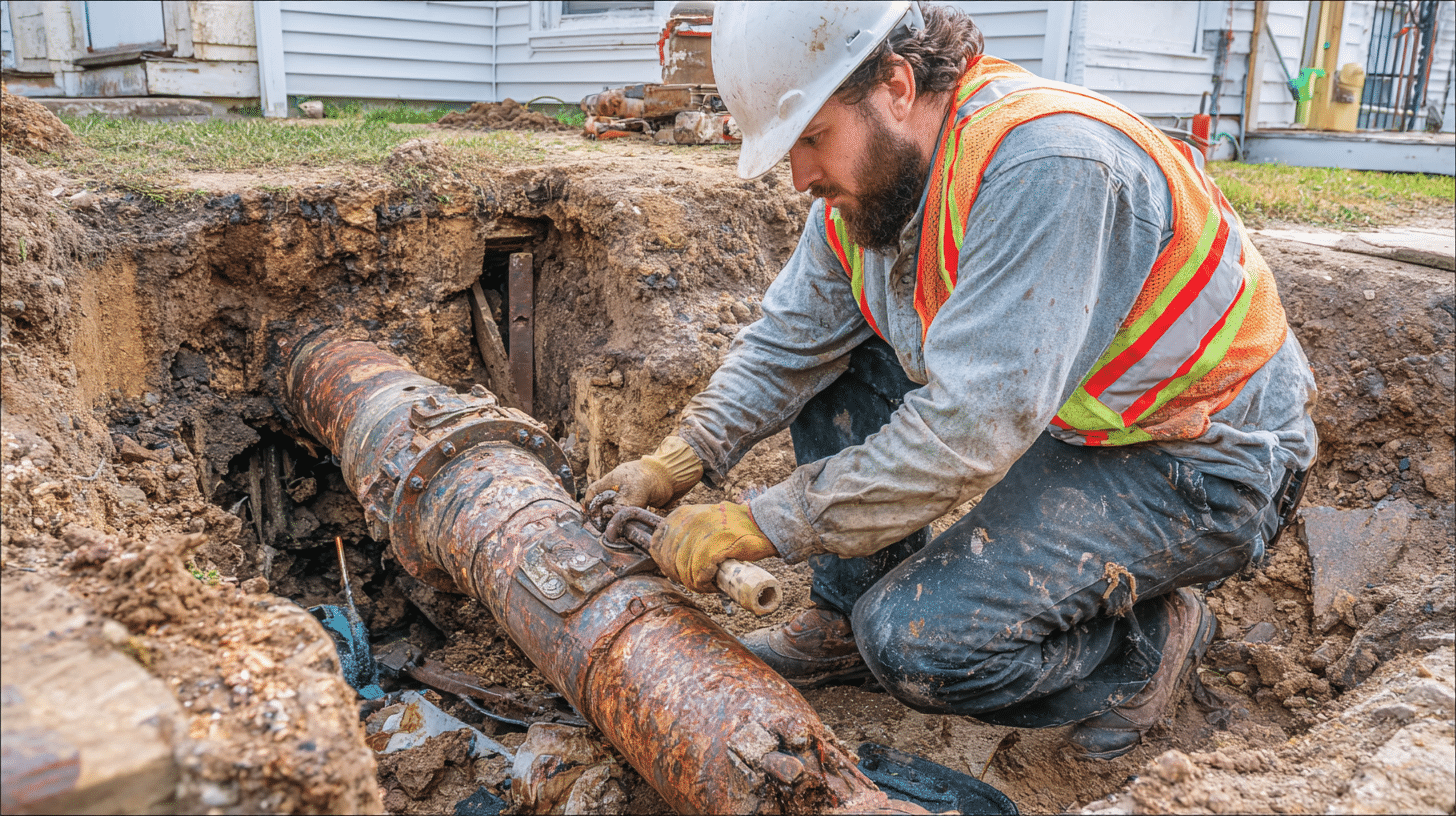
Once the trench is ready, the old water line is carefully removed.
The plumber will disconnect it from your home’s plumbing system and the main water supply.
This step ensures that there are no remaining parts of the old pipe that could cause future issues.
Step 5: Installing the New Pipe
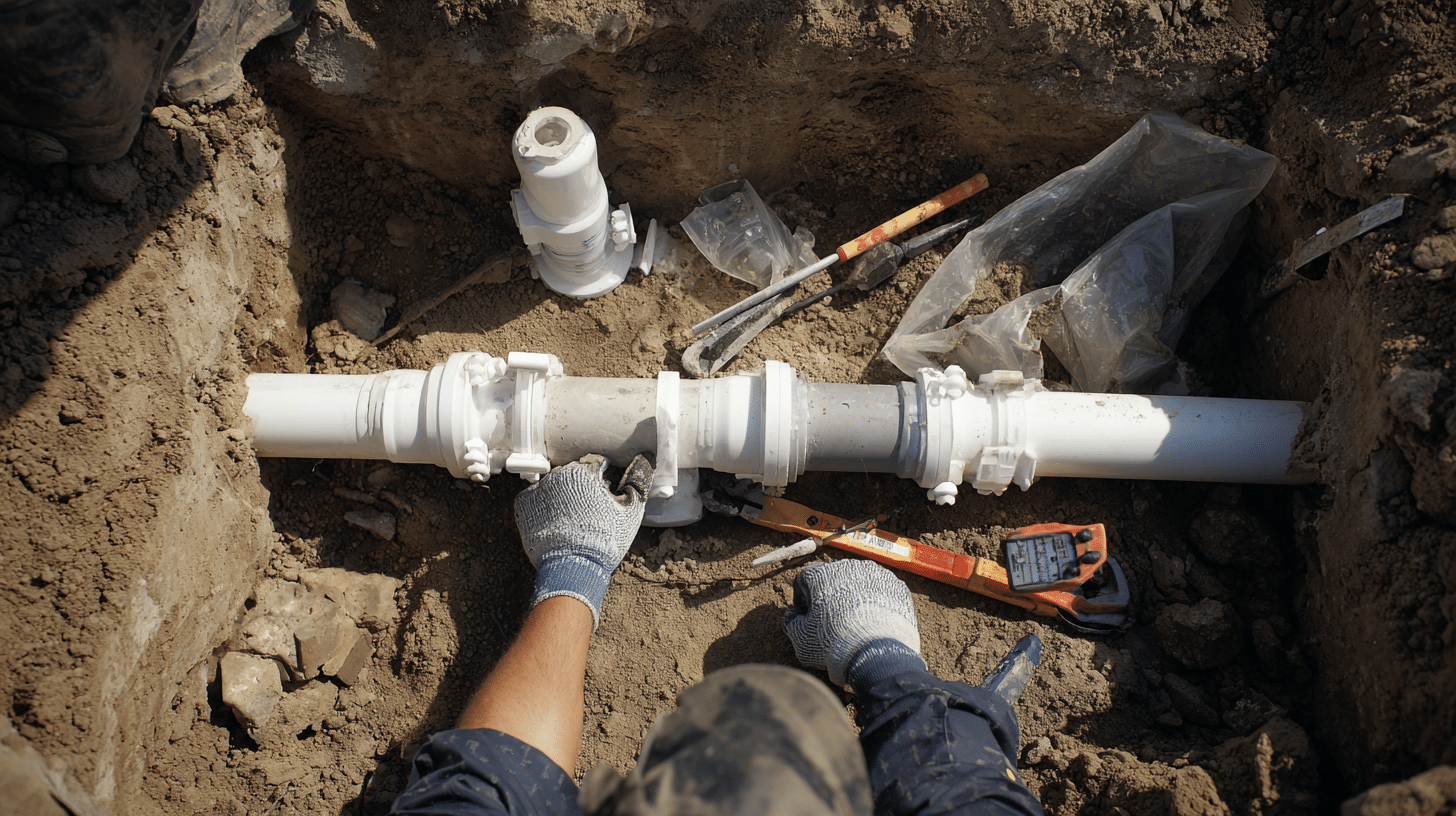
The new water line is then installed in the trench.
Later, the plumber will ensure the new pipe is properly aligned and securely connected to your plumbing system.
Any necessary fittings, connectors, and insulation will be added to ensure the system works well and is protected from future damage.
Step 6: Testing the New Line

The new water line is then installed in the trench.
The plumber will ensure the new pipe is properly aligned and securely connected to your plumbing system.
Any necessary fittings, connectors, and insulation will be added to ensure the system works well and is protected from future damage.
Step 7: Filling the Trench
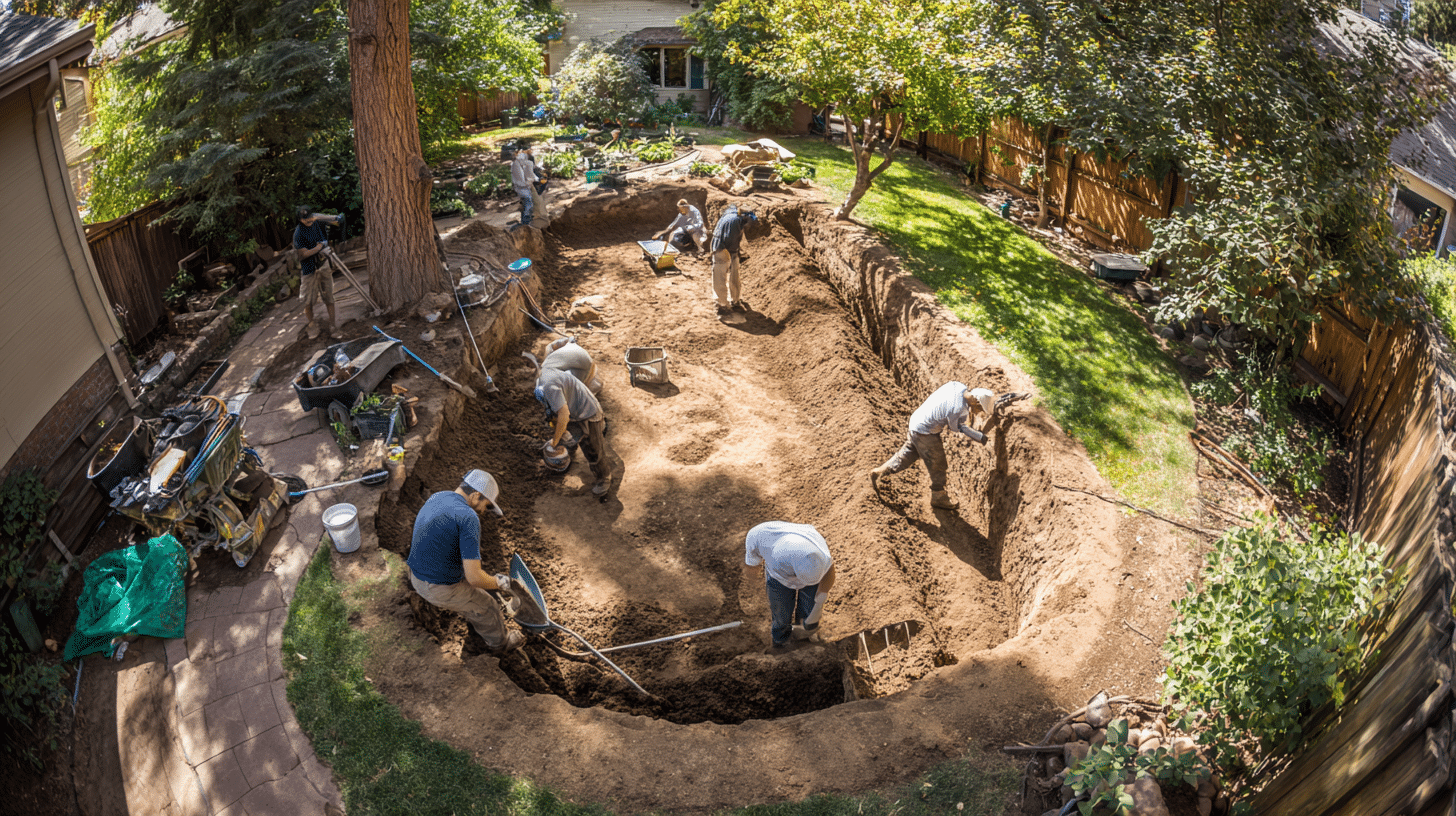
Finally, after confirming that the new line works perfectly, the trench is filled back in.
The yard is restored to its original condition, and any disturbed areas are smoothed out.
This step ensures your home looks as it did before the replacement while ensuring the new pipe is safely in place.
Trenching vs. Trenchless Replacement Methods
Each water line replacement method offers distinct advantages depending on your specific situation and budget constraints.
Understanding these approaches helps you make an informed decision for your property’s needs.
1. Traditional Trenching
The conventional approach involves excavating a continuous trench along the entire pipe route to access and replace the damaged water line with new piping materials.
- Cost: $50-150 per linear foot with additional landscaping expenses
- Time: 3-7 days of completion, including excavation and restoration work
2. Pipe Bursting
This trenchless method uses a specialized tool to fracture the existing pipe while simultaneously pulling a new pipe through the same path, requiring only small access points.
- Cost: $60-200 per linear foot, with higher upfront equipment costs
- Time: 1-3 days of completion with minimal surface disruption
3. Slip Lining
A trenchless technique that installs a smaller diameter pipe inside the existing damaged pipe, creating a new flow path without full excavation or pipe removal.
- Cost: $40-120 per linear foot, most economical replacement option
- Time: 1-2 days of completion, fastest installation method available
Materials & Cost Considerations
| Item | Details |
|---|---|
| Pipe Materials | Copper (durable, pricey) PVC (cheap, not for freezing) PEX (flexible, mid-cost) HDPE (strong, trenchless-friendly) |
| Cost Range | $1,500 – $5,000+ depending on method and materials |
| Cost Factors | Pipe length, depth, soil type, permits, yard restoration |
| Warranties | 5–25 years, varies by material and installer |
| Financing Options | Some contractors offer payment plans or financing |
Note: Always obtain multiple quotes from licensed contractors and verify all permits are included in the project estimate before beginning work.
The Bottom Line
Replacing your main water line is crucial when dealing with old or damaged pipes that cause costly leaks, low water pressure, or water damage.
Understanding replacement timing, methods, materials, and costs helps you make informed decisions.
While DIY replacement can save money, it requires proper skills and tools.
Professional installation, though more expensive, ensures safety and code compliance.
Overall, addressing water line issues promptly prevents serious problems and maintains your home’s plumbing system for years to come.
Frequently Asked Questions
How Do I Know if My Main Water Line Needs Replacing?
Look out for signs like low water pressure, discolored water, strange noises, or puddles in your yard. These could mean the pipe is damaged and needs replacing.
How Long Does It Take to Replace a Main Water Line?
Replacing a main water line usually takes 1 to 3 days, depending on the size of the job and whether you are digging up the yard or using specialized equipment.
Can a Damaged Water Line Cause a High Water Bill?
Yes, if your main water line has a leak, it can waste a lot of water, leading to higher water bills. If you notice an unexpected increase in your bill, it might be due to a damaged pipe.

